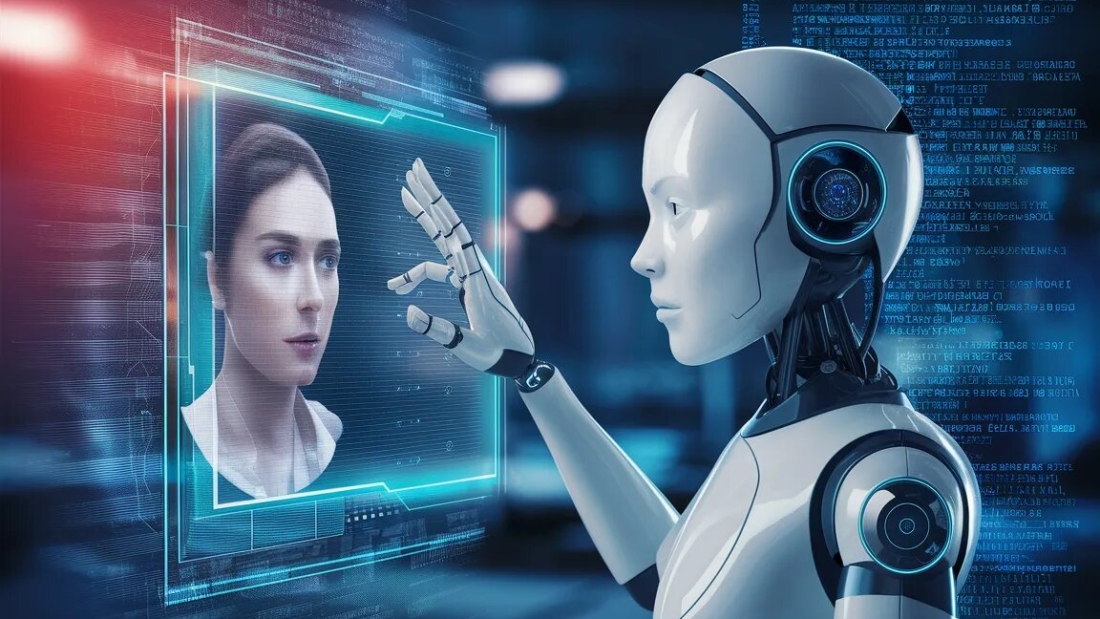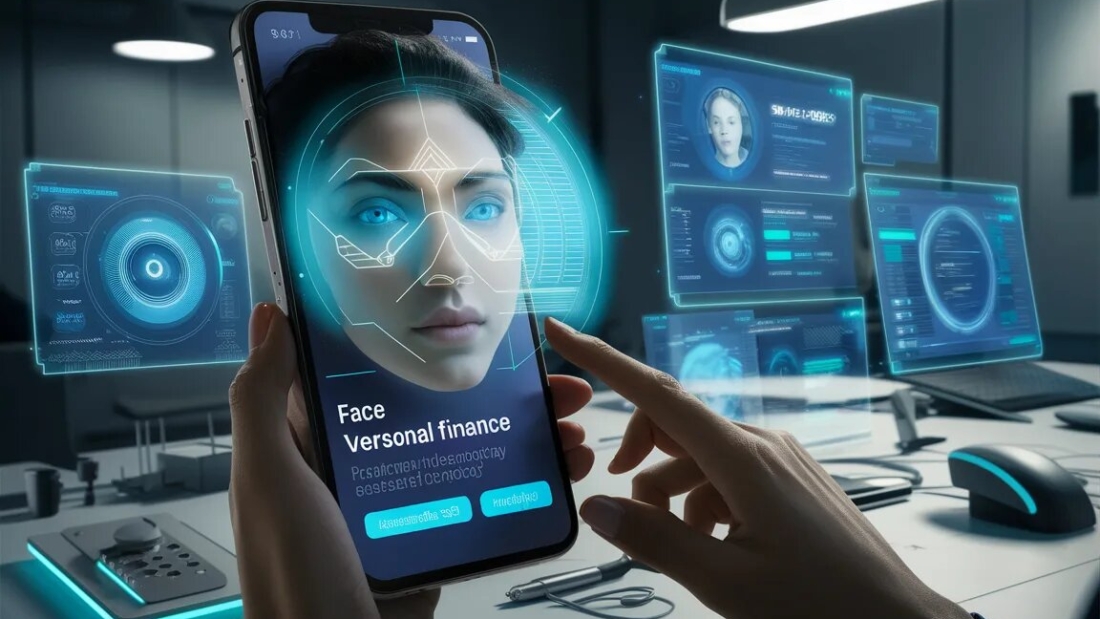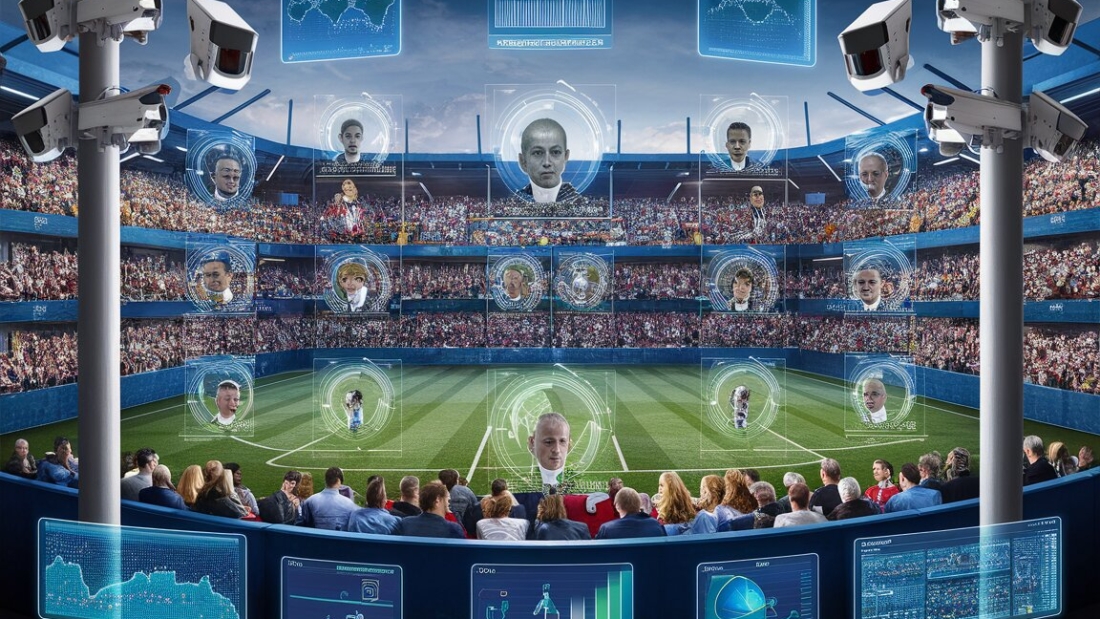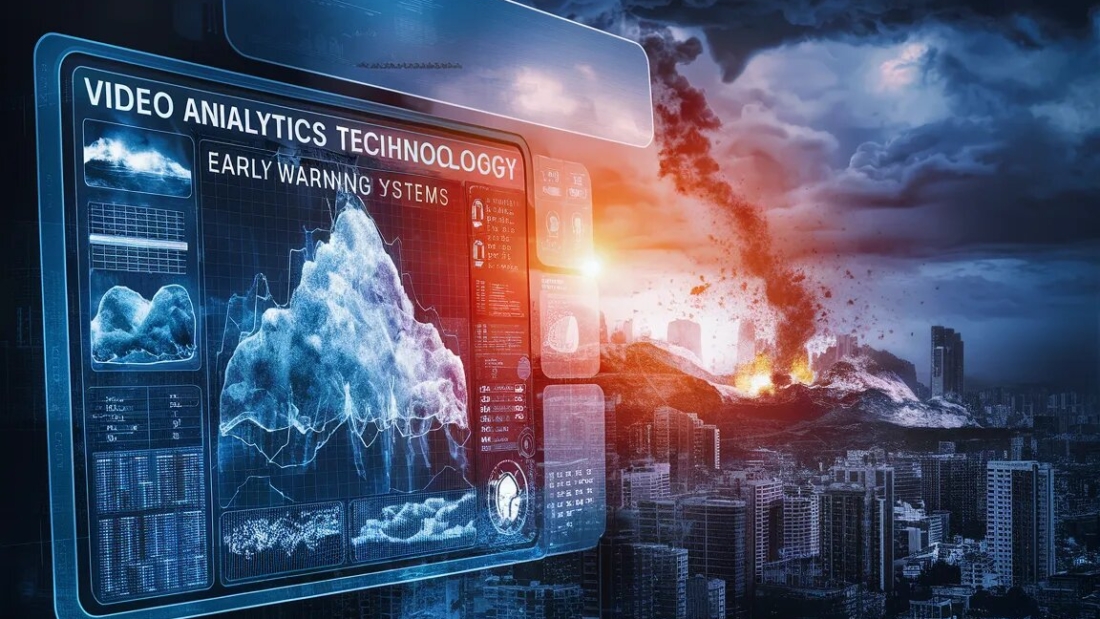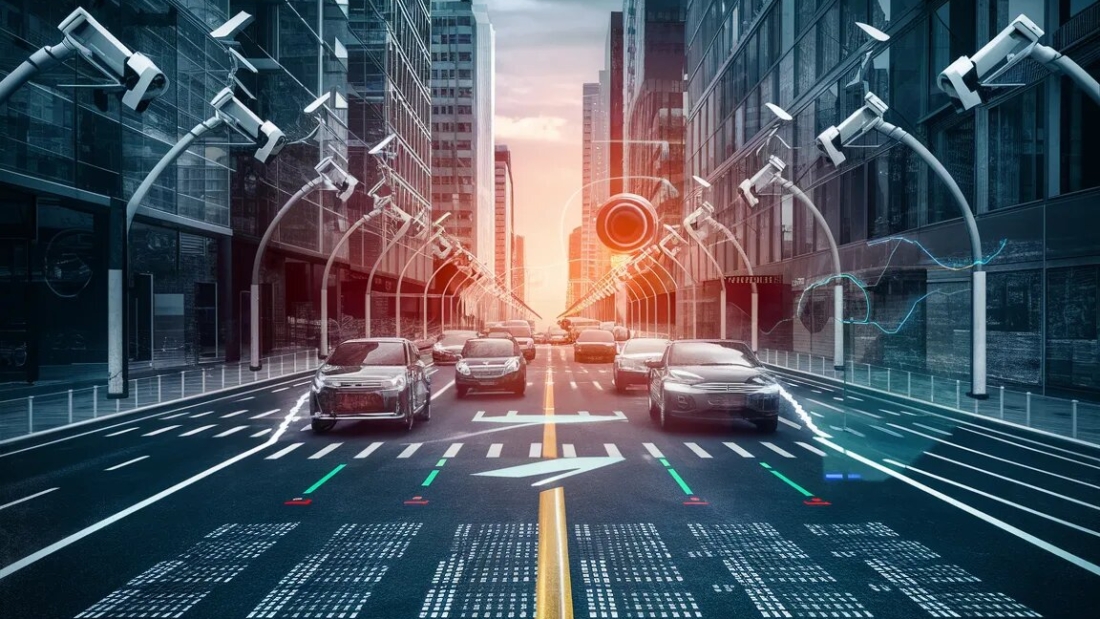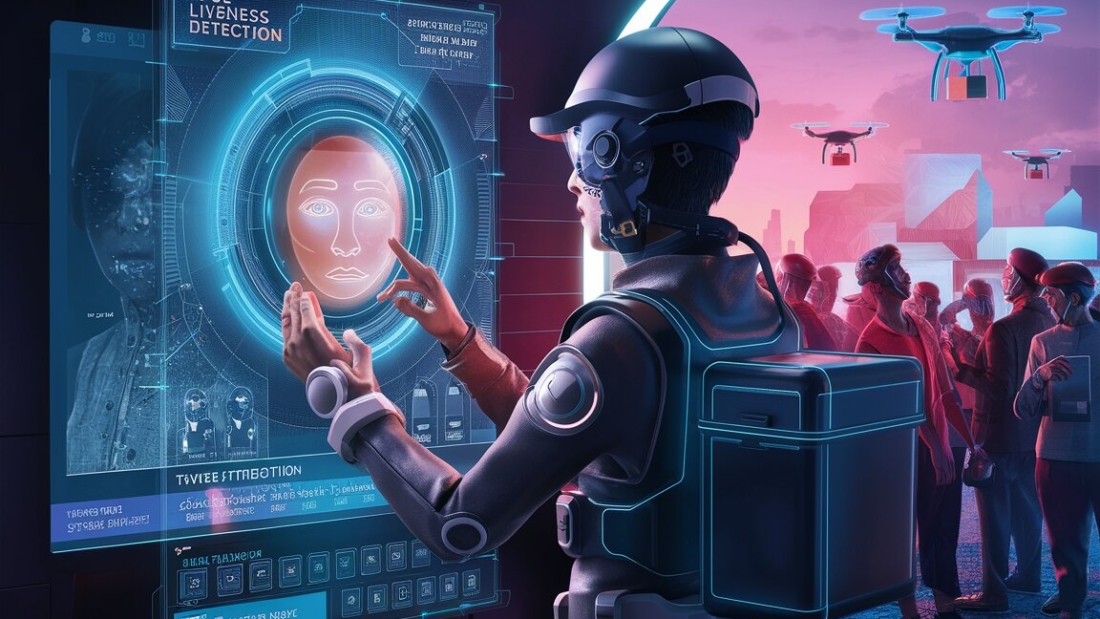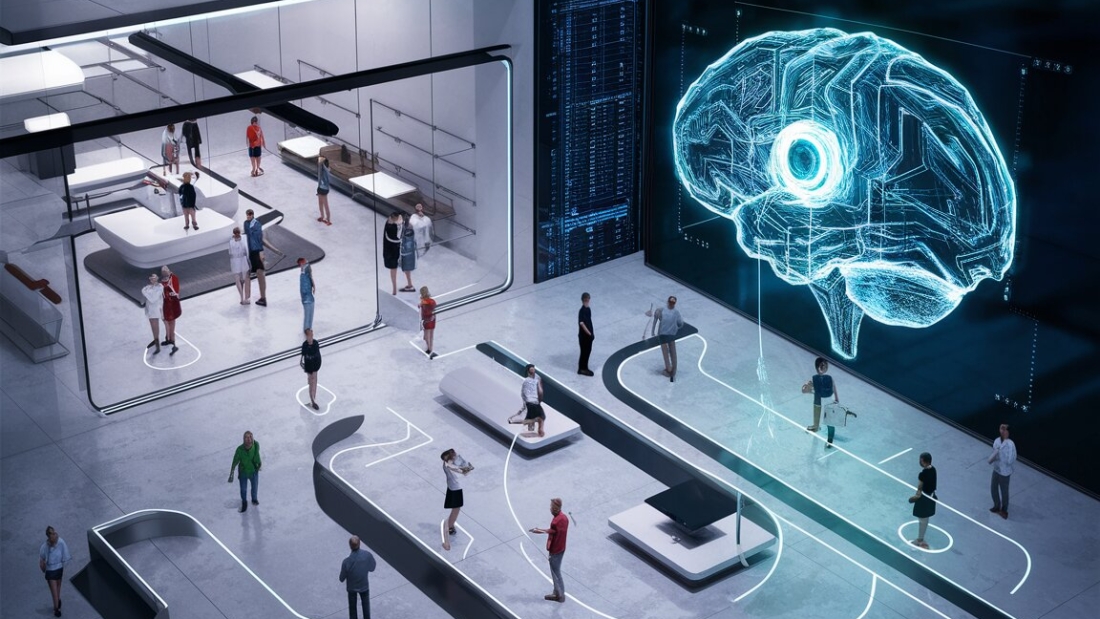Face liveness detection, a cutting-edge technology, is revolutionizing security measures worldwide. By verifying that a live person, not a photo or video, is present during authentication processes with face detection, this innovation ensures heightened security and fraud prevention with real faces. From safeguarding sensitive data to securing financial transactions, face liveness detection offers unparalleled protection against unauthorized access. Developed in response to the escalating need for robust security solutions in an increasingly digital world, this technology marks a significant advancement in biometric authentication methods. Embraced across various industries, face liveness detection sets a new standard for secure and reliable identity verification.
Key Takeaways
- Implement Face Liveness Detection: Utilize face liveness detection technology for enhanced security measures in various applications.
- Prioritize User Experience: Balance privacy concerns with user experience by implementing liveness checks seamlessly.
- Ensure Data Security: Safeguard sensitive data by choosing a reliable face liveness detection solution that complies with security standards.
- Stay Informed on Techniques: Compare different face liveness detection techniques to select the most suitable one for your specific needs.
- Real-World Applications: Explore case studies to understand how face liveness detection is effectively used in practical scenarios.
- Promote Ethical Use: Emphasize responsible and ethical use of face liveness detection, especially in the hiring process.
Explaining Face Liveness Detection
Importance
Face liveness detection plays a crucial role in ensuring the security of facial recognition systems. It helps prevent fraudulent activities by verifying that a real person is present using biometric authentication and face detection.
Face liveness detection, a technique in computer vision and biometric authentication, uses various techniques such as 3D depth analysis, eye movement tracking, and blinking detection to distinguish between a live person and a static image or video.
Applications
In the digital world, face liveness detection using computer vision and deep learning is widely used for authentication purposes in smartphones, banking apps, and access control systems. This technology enhances security by adding an extra layer of protection.
By incorporating face liveness detection into their systems, organizations can safeguard sensitive information and prevent unauthorized access to confidential data.
Challenges
One of the challenges faced in face liveness detection is ensuring accuracy while maintaining user convenience. Striking a balance between security and user experience is essential for widespread adoption.
Another challenge is dealing with spoof attacks, where malicious users attempt to deceive the system using sophisticated methods like deepfake technology.
Future Developments
As technology advances, we can expect to see improvements in face liveness detection algorithms. These advancements will focus on enhancing detection accuracy and making the process more seamless for users.
In the future, face liveness detection could be integrated into various industries beyond security, such as healthcare for patient identification or retail for personalized customer experiences.
Advantages in Remote Hiring
Enhanced Security
Face liveness detection offers enhanced security by ensuring that the person interacting with the system is real and present. This technology prevents fraudulent activities such as identity theft during remote hiring processes.
The use of face liveness detection in remote hiring reduces the risk of imposters using stolen identities to gain unauthorized access to sensitive information. By verifying the user’s presence through facial recognition, companies can maintain a secure hiring environment.
Streamlined Verification Process
Implementing face liveness detection in remote hiring streamlines the verification process for both candidates and employers. Candidates can easily verify their identities through facial recognition technology, eliminating the need for complex authentication procedures.
Employers benefit from a more efficient screening process, as face liveness detection automates identity verification tasks. This results in faster and more accurate candidate assessments, leading to expedited hiring decisions.
Cost-Effective Solution
Face liveness detection serves as a cost-effective solution for remote hiring processes by reducing the need for manual identity checks and verifications. Companies can save time and resources by implementing automated facial recognition technologies.
Implementing Liveness Checks
Facial Recognition Technology
Facial recognition technology plays a crucial role in face liveness detection systems. It analyzes unique facial lines to verify the authenticity of a user.
Facial recognition algorithms compare the facial features captured during the liveness check with the stored data to ensure a match.
Depth Perception
Depth perception is vital for accurate liveness checks. By utilizing 3D depth-sensing cameras, systems can detect and prevent spoofing attempts effectively.
Implementing depth perception enhances the security of face liveness detection by differentiating between real faces and printed images or videos.
Anti-Spoofing Techniques
Incorporating anti-spoofing techniques is essential to combat fraudulent activities. These methods include detecting unnatural movements, analyzing eye blinks, and assessing skin texture changes.
Anti-spoofing measures enhance the reliability of face liveness detection systems by identifying and rejecting fake representations.
Addressing Privacy and User Experience
User Privacy
Face liveness detection plays a crucial role in safeguarding user privacy by ensuring that only real individuals can access sensitive information. This technology prevents unauthorized access by verifying the user’s presence, enhancing overall security measures.
Data Protection
One of the key benefits of face liveness detection is its ability to protect user data effectively. By incorporating this technology, organizations can minimize the risk of data breaches and identity theft, thus fostering a secure digital environment for users.
Enhanced Security
Implementing face liveness detection enhances security measures significantly. By requiring users to perform specific actions like blinking or smiling during authentication, this technology adds an extra layer of security, making it harder for malicious actors to bypass authentication processes.
Improved User Experience
Incorporating face liveness detection into authentication processes leads to an improved user experience. Compared to traditional methods like passwords or PINs, this technology offers a seamless and convenient way for users to verify their identities quickly and securely.
Real-Time Detection
Face liveness detection operates in real-time, providing instant feedback on the authenticity of user interactions. This real-time verification process ensures that only legitimate users gain access to sensitive data or services, enhancing overall system integrity.
Anti-Spoofing Measures
To combat fraudulent activities, face liveness detection includes robust anti-spoofing measures. These measures prevent unauthorized access attempts by distinguishing between live faces and spoofed images or videos, thereby maintaining the integrity of the authentication process.
Ensuring Data Security and Compliance
Biometric Authentication
Biometric authentication utilizes unique physical characteristics like fingerprints or facial features for identity verification. It enhances security by adding an extra layer of protection beyond traditional passwords.
Biometric data is difficult to forge, significantly reducing the risk of unauthorized access. This technology ensures that only authorized individuals can access sensitive information or systems.
Regulatory Compliance
Compliance with regulations such as GDPR and CCPA is crucial for organizations handling personal data. Face liveness detection aids in adhering to these regulations by ensuring data security and protecting user privacy.
Non-compliance can result in severe penalties, damaged reputation, and loss of customer trust. Implementing robust face liveness detection helps organizations avoid these risks.
Fraud Prevention
Face liveness detection plays a vital role in preventing fraud by verifying the authenticity of users during transactions or account access. It adds an extra layer of security that deters malicious actors from exploiting vulnerabilities.
Comparing Detection Techniques
Machine Learning
Machine learning algorithms play a crucial role in face liveness detection. They analyze patterns in facial movements to differentiate between live faces and spoof attempts. By training on vast datasets, these algorithms continuously improve their accuracy over time.
In machine learning-based techniques, pros include high accuracy rates and adaptability to new threats. However, they may require substantial computational resources for training and deployment.
Hardware-Based Solutions
e face liveness detection methods rely on specialized hardware components like infrared sensors or depth cameras. These devices capture additional information beyond visible light, enhancing the system’s ability to detect spoof attacks accurately.
The use of hardware-based solutions offers benefits such as robustness against various environmental conditions and lighting changes. On the flip side, integrating hardware can increase the overall cost of implementing face liveness detection systems.
Fusion Approaches
Fusion approaches combine multiple detection techniques to leverage their individual strengths and compensate for weaknesses. By merging data from different sources or algorithms, these methods aim to achieve higher accuracy and reliability in detecting face liveness.
One of the advantages of fusion approaches is improved overall performance through complementary features from diverse technologies. However, managing the integration complexity and ensuring seamless coordination between different components can pose challenges.
Real-World Applications and Case Studies
Industry Adaptation
Face liveness detection has found wide adoption across various industries, including banking, healthcare, and law enforcement. Financial institutions leverage this technology to enhance security measures during customer authentication processes.
The healthcare sector utilizes face liveness detection for patient identification and access control to medical records. This ensures that only authorized personnel can view sensitive information, improving overall data security.
Law Enforcement Cases
In law enforcement, face liveness detection plays a crucial role in criminal investigations and surveillance operations. By accurately verifying the authenticity of facial features, authorities can identify suspects more efficiently.
One notable case involves the use of face liveness detection in tracking down a wanted criminal. The technology helped law enforcement agencies confirm the suspect’s identity through live facial recognition, leading to a successful arrest.
Social Media Integration
ial media platforms have also integrated face liveness detection for enhanced user verification and privacy protection. By implementing this technology, platforms can prevent unauthorized account access and ensure user data safety.
Platforms like Facebook have successfully employed face liveness detection to combat issues such as fake accounts and identity theft. Users are prompted to perform specific actions to verify their identity, adding an extra layer of security to their accounts.
Choosing the Right Liveness Detection Solution
Accuracy Metrics
Accuracy metrics play a crucial role in determining the effectiveness of a face liveness detection solution. These metrics include False Acceptance Rate (FAR) and False Rejection Rate (FRR).
Face liveness detection systems with low FAR and FRR values are considered more reliable and secure. A high level of accuracy ensures that only legitimate users are granted access, enhancing overall security measures.
Integration Capabilities
When selecting a liveness detection solution, it is essential to consider its integration capabilities. Compatibility with existing systems and ease of integration can significantly impact deployment timelines and operational efficiency.
Look for solutions that offer seamless integration with various platforms, such as mobile applications, web interfaces, or security systems. This ensures a smooth transition and minimal disruption to daily operations.
Spoof Detection Techniques
Effective spoof detection techniques are vital for a robust face liveness detection system. Advanced solutions utilize multiple methods, including 3D depth analysis, texture analysis, and motion detection to differentiate between live faces and spoof attempts.
By incorporating diverse spoof detection techniques, the system can accurately identify fraudulent activities, such as the use of printed photos or videos, enhancing overall security protocols.
Continuous Monitoring Capabilities
The ability to perform continuous monitoring is another critical factor to consider when choosing a face liveness detection solution. Real-time monitoring allows the system to detect anomalies or suspicious activities promptly.
With continuous monitoring capabilities, potential security breaches can be identified and addressed proactively, minimizing the risk of unauthorized access or fraudulent attempts.
Promoting Responsible Use in Hiring
Ethical Considerations
Ethical considerations play a crucial role in the implementation of face liveness detection technology. It is essential to prioritize privacy protection and data security when utilizing these systems in hiring processes. Employers must ensure that candidates’ personal information is safeguarded and used appropriately.
Employing face liveness detection can lead to fairer recruitment processes by minimizing biases based on physical appearances. This technology focuses on verifying the identity of candidates objectively, solely based on their facial features, without any discriminatory factors coming into play.
Legal Compliance
Ensuring legal compliance is paramount when incorporating face liveness detection tools in hiring practices. Organizations need to adhere to data protection regulations, such as GDPR or CCPA, to safeguard candidates’ rights and privacy. By following these guidelines, companies can maintain transparency and accountability in their recruitment procedures.
Implementing face liveness detection aligns with the principles of equal opportunity employment, enabling companies to evaluate candidates solely based on their qualifications and skills. This approach fosters a more inclusive work environment by promoting diversity and preventing discrimination during the hiring process.
Enhanced Security Measures
Face liveness detection enhances security measures within organizations by adding an extra layer of authentication. By verifying the liveliness of individuals through facial recognition, businesses can prevent fraudulent activities and unauthorized access to sensitive information. This technology ensures that only legitimate candidates are considered for employment opportunities.
The integration of face liveness detection contributes to fraud prevention efforts during recruitment, reducing the chances of identity theft or impersonation. Companies can rely on this advanced technology to authenticate candidates’ identities accurately, mitigating risks associated with fraudulent applications.
Summary
You now grasp the importance of face liveness detection in remote hiring, from enhancing security to improving user experience. By implementing robust liveness checks, you can ensure data security and compliance while selecting the right solution for your needs. Understanding various detection techniques and real-world applications equips you to make informed decisions and promote responsible use in hiring practices. Take action today by integrating face liveness detection into your hiring processes to streamline operations, enhance security, and foster trust with both candidates and employees.
Frequently Asked Questions
What is Face Liveness Detection?
Face liveness detection is a technology that ensures the presence of a live person in front of the camera during identity verification processes, preventing spoofing attacks using static images or videos.
How can Face Liveness Detection benefit remote hiring processes?
Implementing face liveness detection in remote hiring ensures the authenticity of candidates by verifying their identity in real-time, enhancing security and trust in virtual recruitment practices.
How are privacy concerns addressed in Face Liveness Detection?
Privacy concerns in face liveness detection are addressed through compliance with data protection regulations, anonymization of personal data, and transparent communication with users regarding the purpose and handling of their biometric information.
What measures are taken to ensure data security in Face Liveness Detection?
Data security in face liveness detection is ensured through encryption of biometric data, secure storage practices, regular security audits, and adherence to industry standards to protect sensitive information from unauthorized access.
What are some common real-world applications of Face Liveness Detection?
Face liveness detection is widely used in industries such as finance for secure transactions, healthcare for patient verification, border control for enhanced security, and online platforms for identity verification to prevent fraud.
